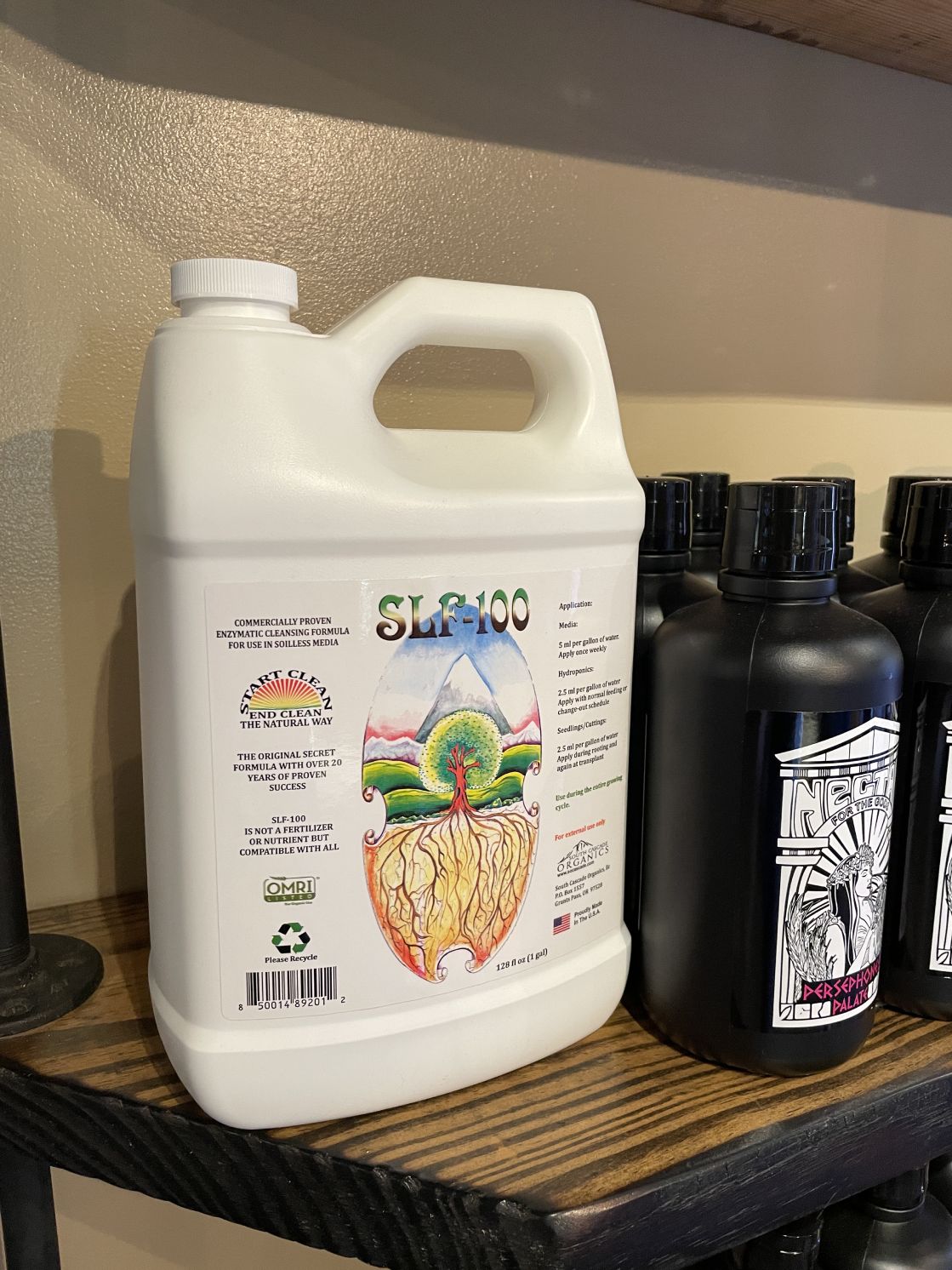The Indoor Earthworm: The Unsung Hero of Indoor Composting
The Indoor Earthworm: The Unsung Hero of Indoor Composting
Blog Article
The Ultimate Guide to Hydroponic Systems and Techniques
In the globe of modern agriculture, hydroponic systems have actually arised as a revolutionary approach for cultivating plants without soil. As we reveal the intricacies of hydroponics in this extensive overview, we will navigate via the different kinds of systems, discover the vital nutrients essential for plant growth, and dig right into innovative techniques that can considerably boost yields.
Advantages of Hydroponic Equipments
Hydroponic systems offer a wide range of advantages, including effective source usage and exact nutrient distribution to plants. By giving a controlled atmosphere for plant development, hydroponic systems allow optimum water and nutrient usage, causing higher returns compared to standard soil-based farming. This performance not just saves sources however also lowers waste, making hydroponic systems eco friendly.
In addition, the specific delivery of nutrients in hydroponic systems permits modification based upon the specific needs of each plant range. This targeted technique makes sure that plants get the ideal balance of vital nutrients, advertising much healthier development and lessening the danger of nutrient deficiencies or imbalances. In addition, the capability to keep an eye on and change nutrient degrees in real-time maximizes plant efficiency and overall plant high quality.
Moreover, hydroponic systems eliminate the demand for chemicals and herbicides, as the closed-loop system lowers the danger of bugs and diseases that are generally discovered in soil-based agriculture - The Indoor Earthworm. This not just benefits the plants and the atmosphere however also adds to producing cleaner, much healthier crops for intake
Kinds Of Hydroponic Setups

Deep Water Society (DWC) entails putting on hold plant origins in a nutrient option, enabling adequate oxygenation. Nutrient Film Method (NFT) uses a shallow stream of nutrient solution flowing over the plant origins, giving a consistent supply of nutrients. Ebb and Circulation systems flooding the plant roots at intervals, ensuring they obtain nutrients and oxygen. Trickle systems include trickling a nutrient remedy onto the plant origins, using accurate control over feeding. Aeroponics mists the plant origins with a nutrient remedy, making the most of oxygen absorption.
Each kind of hydroponic arrangement has its advantages and is suited to various plant ranges and growth phases. Comprehending the distinct attributes of these systems can assist hydroponic growers choose one of the most suitable arrangement for their certain needs and choices.
Essential Nutrients for Hydroponics
In hydroponic systems, plants depend on a specific balance of necessary nutrients to thrive and grow effectively. These essential nutrients are important for numerous plant features such as photosynthesis, origin growth, and general development.
Along with macronutrients, plants also need second nutrients like calcium, magnesium, and sulfur, in addition to trace elements such as iron, copper, zinc, and manganese (The Indoor Earthworm). These nutrients are essential for ensuring that plants Click Here have all the required building blocks to accomplish important biological processes

Advanced Techniques for Optimum Return
To attain optimum returns in hydroponic systems, growers can apply sophisticated techniques that improve plant development and efficiency. One such method is the usage of additional illumination. By supplying fabricated lights such as LED or high-pressure sodium lights, growers can prolong the number of light hours plants get every day, advertising faster development browse around here and raised yields. Another advanced technique is the implementation of CO2 supplementation. Boosting the levels of carbon dioxide in the growing atmosphere can stimulate photosynthesis and boost plant growth considerably. Furthermore, employing methods like plant training and pruning can help optimize light distribution and airflow, guaranteeing that all parts of the plant get appropriate light and nutrients. Using automated systems for nutrient delivery and tracking can aid maintain optimal nutrient degrees, minimizing the risk of shortages or inequalities that can prevent plant growth. By incorporating these innovative methods into their hydroponic systems, farmers can take full advantage of yields and attain abundant harvests.
Troubleshooting Common Hydroponic Issues
One common problem is vitamins and mineral deficiencies, where plants do not have crucial components for healthy and balanced advancement. Preserving the appropriate pH range specific to the plant being expanded is crucial for ideal nutrient uptake. By quickly identifying and addressing these usual hydroponic issues, growers can keep healthy plants and make best use of yields in their hydroponic systems.
Conclusion
In conclusion, hydroponic systems offer countless benefits for growing plants successfully. With careful preparation and attention to information, hydroponic systems can transform the method plants are grown, leading to more sustainable and effective farming methods.
By supplying a regulated environment for plant growth, hydroponic systems make it possible for website link optimal water and nutrient usage, leading to greater returns contrasted to traditional soil-based growing. The Indoor Earthworm. Nutrient Movie Strategy (NFT) utilizes a shallow stream of nutrient option moving over the plant roots, supplying a consistent supply of nutrients. Monitoring and changing nutrient degrees based on plant development stages is vital to avoiding vitamins and mineral deficiencies or poisonings and taking full advantage of plant performance in hydroponic systems
In addition, using strategies like plant training and pruning can aid optimize light distribution and airflow, guaranteeing that all parts of the plant get appropriate light and nutrients. Using automated systems for nutrient distribution and monitoring can help maintain optimal nutrient levels, decreasing the risk of deficiencies or imbalances that can hinder plant growth.
Report this page